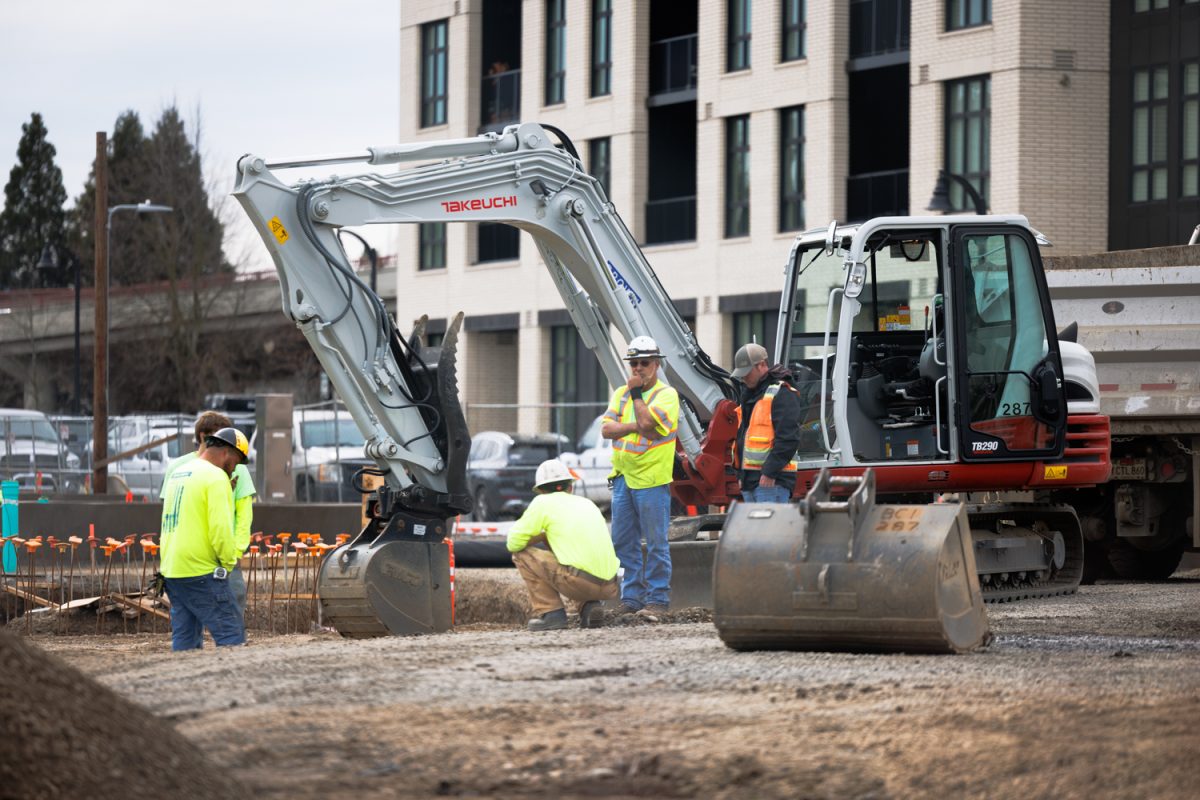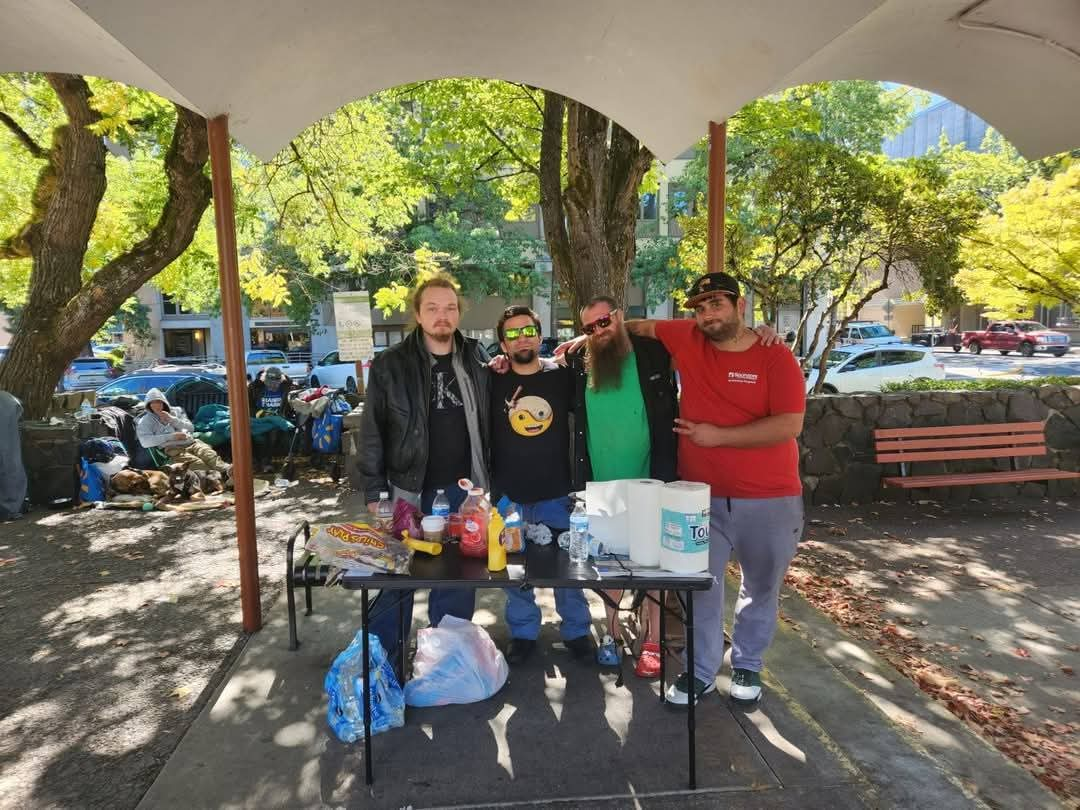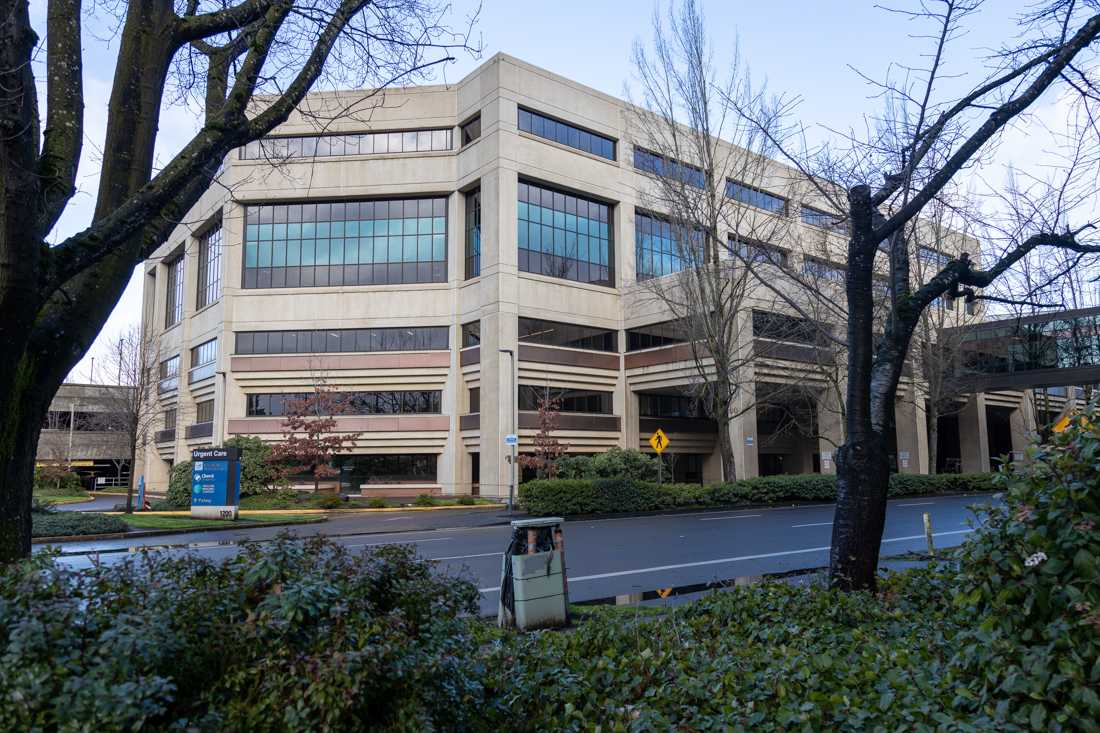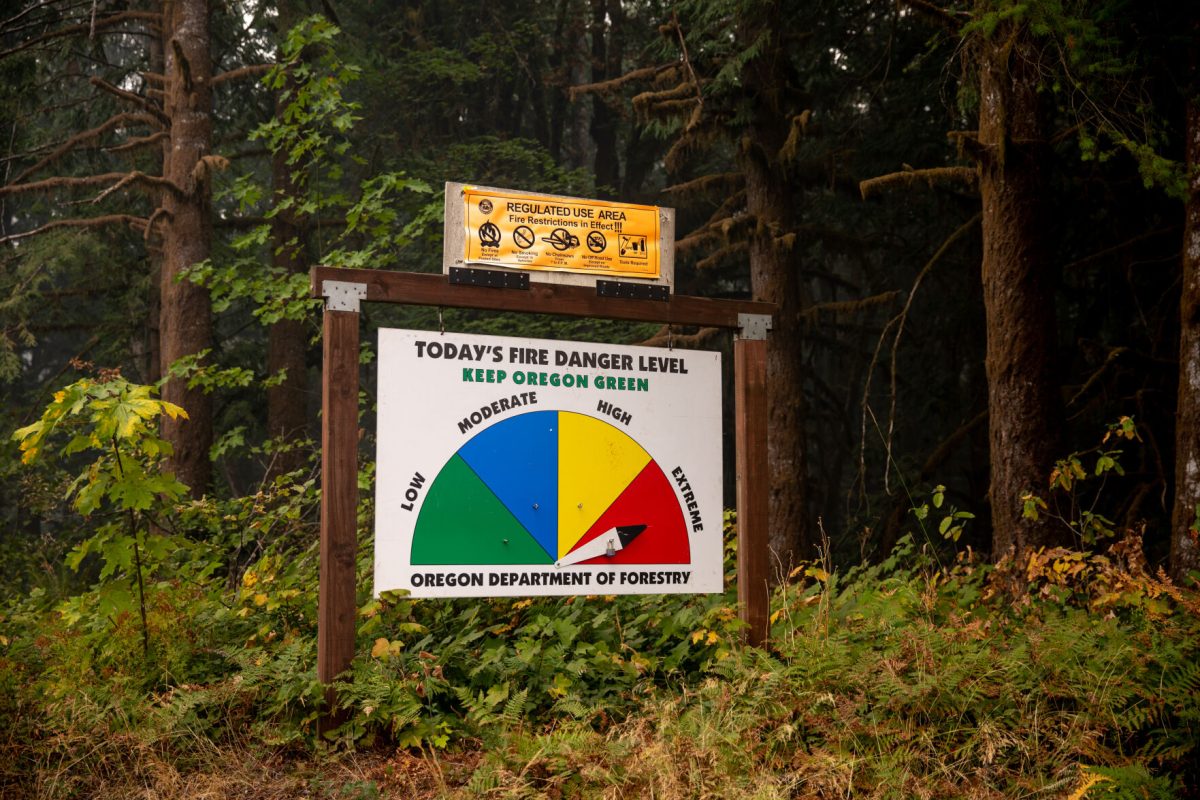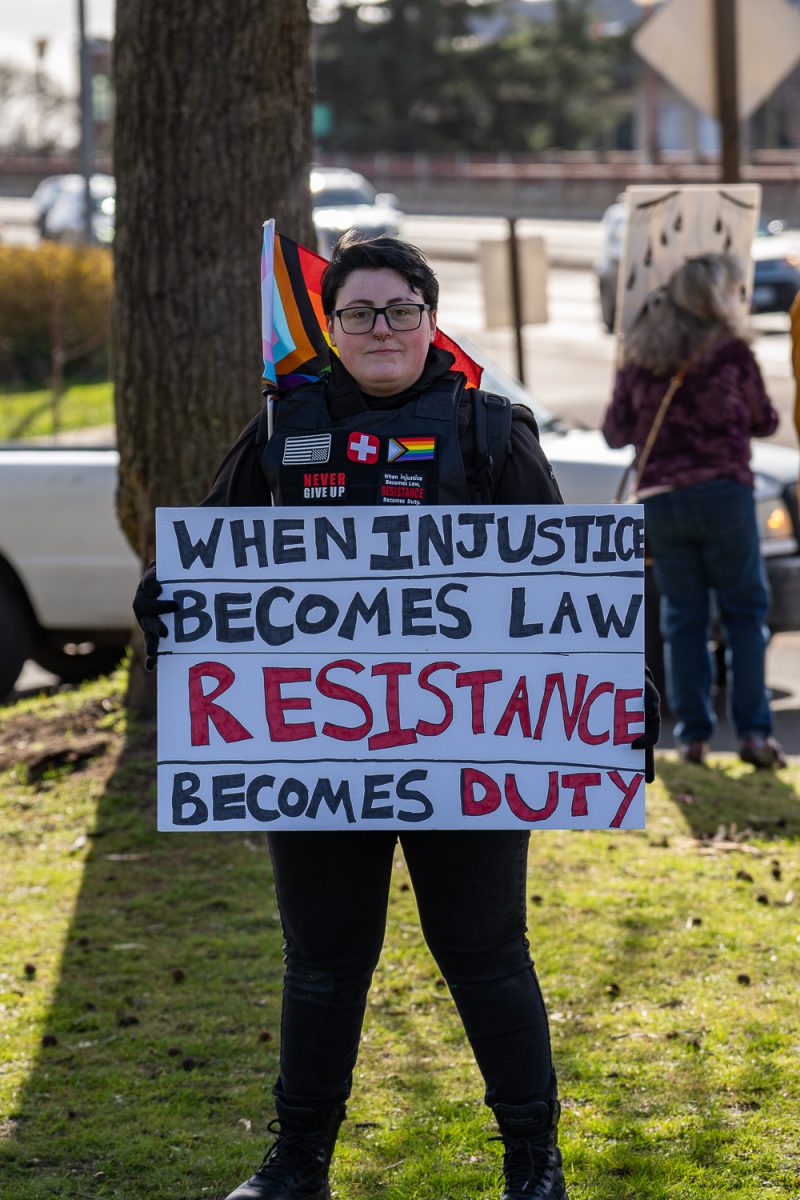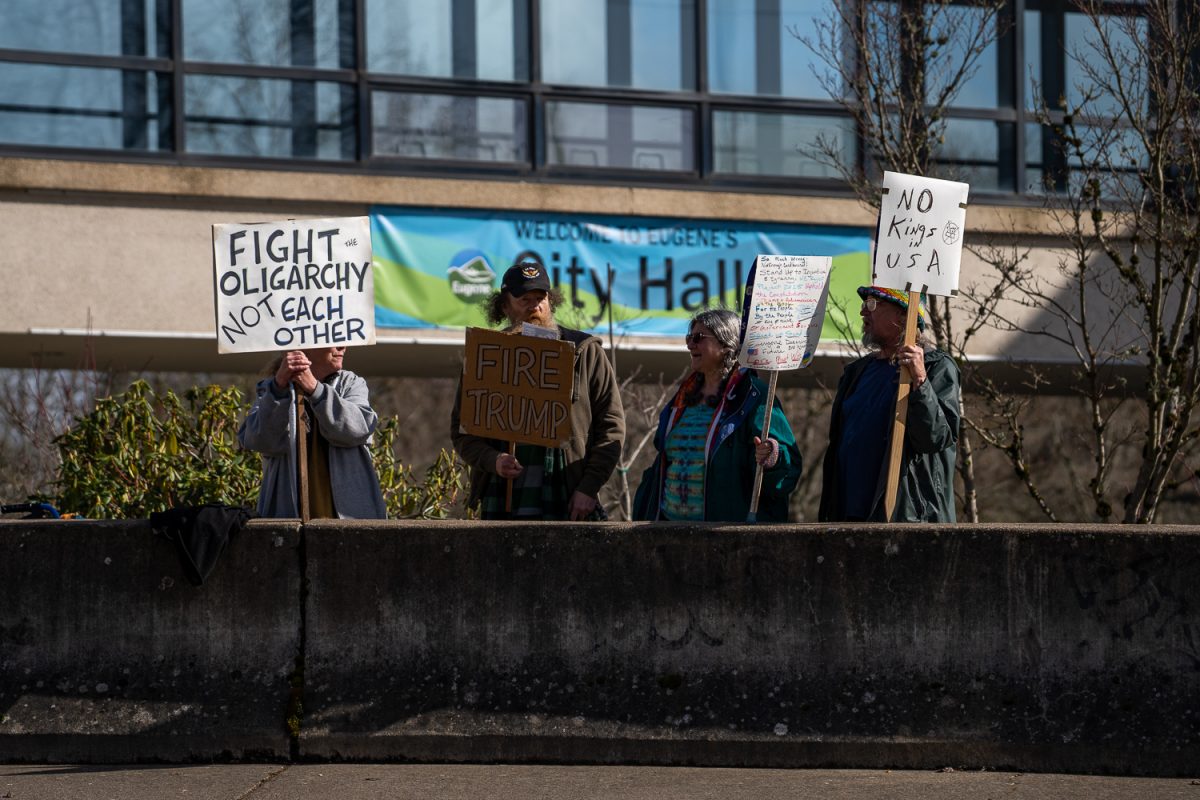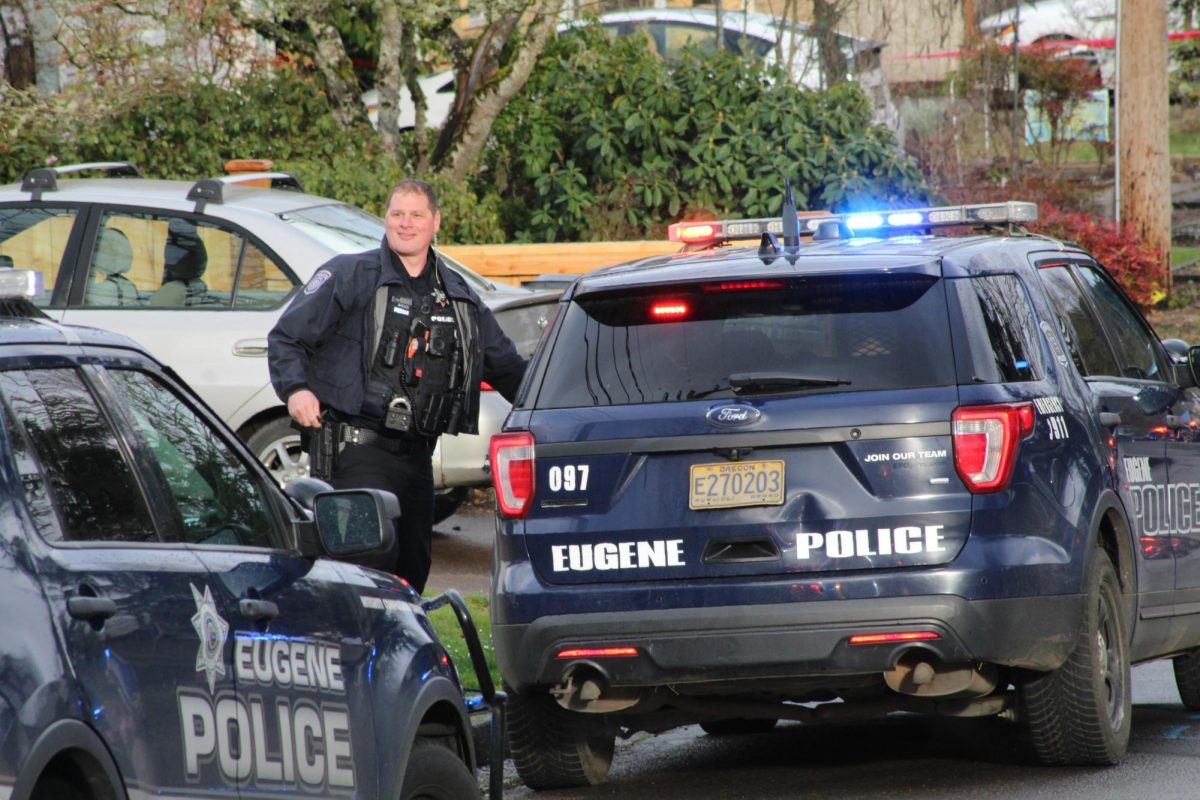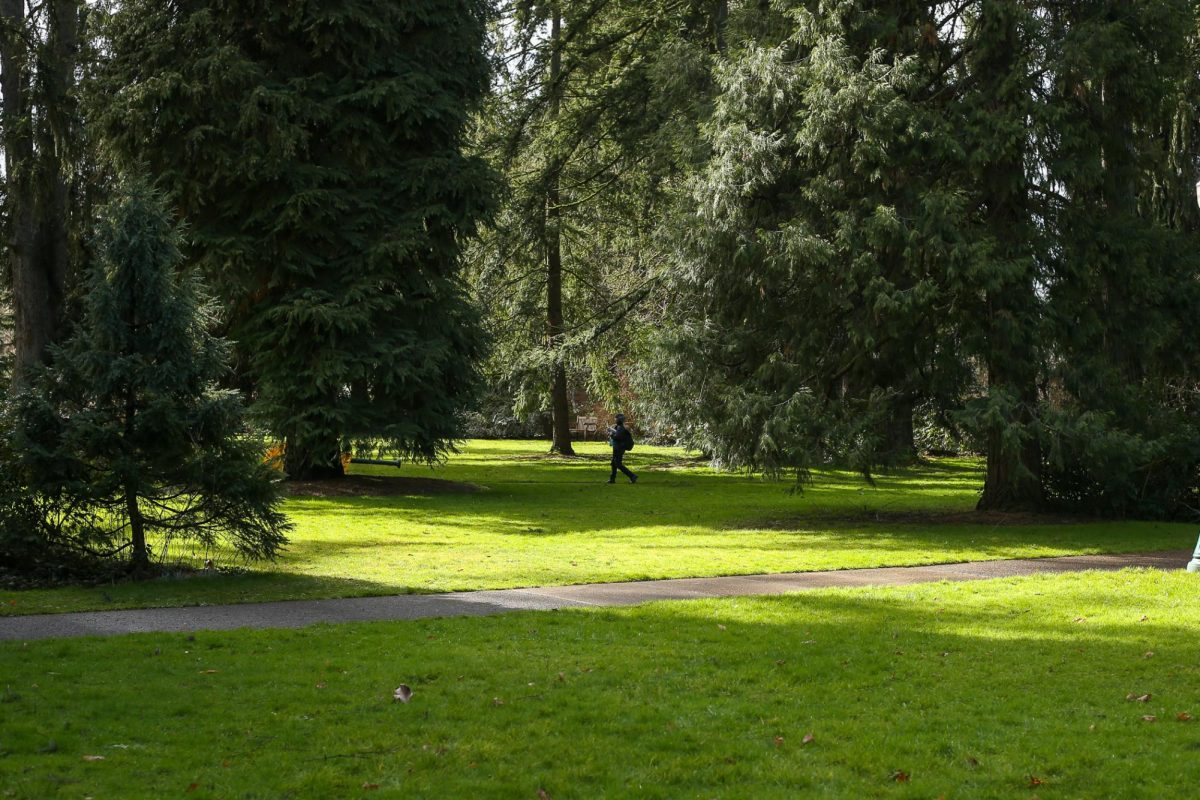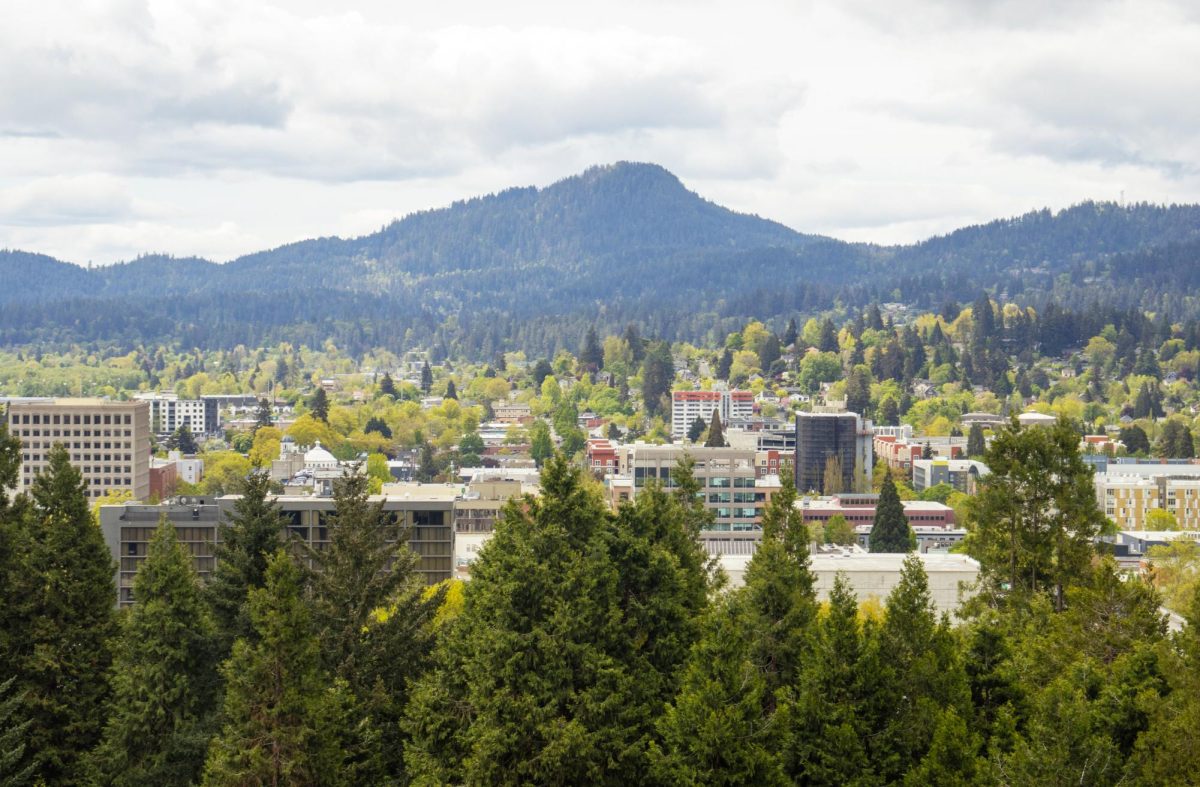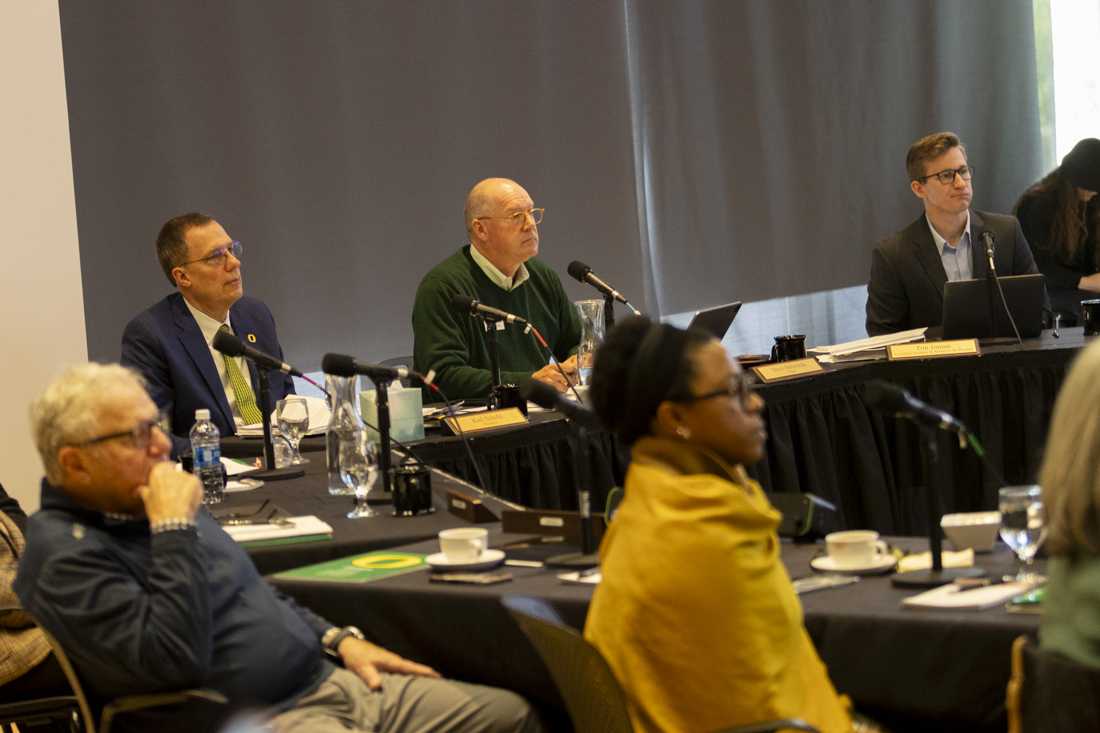As the demand for housing grows higher, potential residents may find difficulties with the shortage of available
units in Eugene.
The current vacancy rate for single-family homes in Eugene is 1.2% while the rate for rentals is 3.6%. The vacancy
rate is the percentage of available units or houses that are unoccupied since the previous tenants moved out.
Meanwhile, the current national vacancy rate for rentals is 6.6% and 0.9% for homeowner housing. In August 2024, there were 746 homes for sale in Eugene; houses will typically remain on the market for 32 days.
According to city data, Eugene’s population has been growing faster than the projected growth rate of 0.9%. In 2023, the population of Eugene was 177,339, growing by 1.13% percent from 2022.
As of January 2024, more than 3,000 people were reported as homeless within the Eugene area. Of that number, 920 people were living in an emergency shelter while just 69 were living in transitional housing, which is a temporary shelter that allows people to stay for longer periods of time. The remaining 2,011 were either living in alternative shelters or were without housing.
In response to the lack of housing, the Eugene City Council adopted the Multi-use Property Tax Exemption Program in July 2015, otherwise known as MUPTE. The program provides temporary tax exemptions to developers to stimulate the building of at least 1,500 units within Eugene. If a developer was building a multi-family residential property with five or more units, they could receive a discount of up to 50% of system development charges, which are fees that local governments would charge developers when they build new projects.
One of the factors that can drive up the price of housing in Eugene is the cost of construction for developers. According to the National Association of Home Builders, the largest financial impact on construction is rising costs of materials. The increase in costs may come from supply and demand as more homes are needed and any rises in inflation. Developers may take out a loan to cover the costs, and the revenue from the project may not match what the developer originally invested.
In a public hearing on MUPTE on Sept. 16, Chris McGee, a special representative from the Western States Regional Council of Carpenters, said that the immediate demand for units in Eugene has an impact on laborers who are involved in these projects.
“Let’s say you have a 50-unit apartment complex that takes 200 workers to build,” McGee said. “You can now house 50 of those workers that just built that complex. In return, you just created a need for 150 more units, essentially by allowing these developers and contractors to undermine
the area standard, you are now creating a greater need for affordable housing as it is being built.”
Katie Wilgus, the executive director of Downtown Eugene Inc., a non-profit representing downtown property owners, emphasized the need for more housing units in Eugene, specifically in the downtown area to meet the growing demand. “We figure that we need 2,500 market rate units just to
equalize all of the affordable housing we have downtown,” Wilgus said. “But we need thousands of units. It’s a lot, and it’s not going to happen overnight. My concern is if the council continues piling on additional public benefits, we will not get housing built in our core.”
As the population of Eugene continues to grow, the balance among affordable housing construction and construction, fair labor standards, and city regulations remains a challenge. The gap between housing demand and availability is likely to widen, causing potential residents to struggle to find affordable housing.




